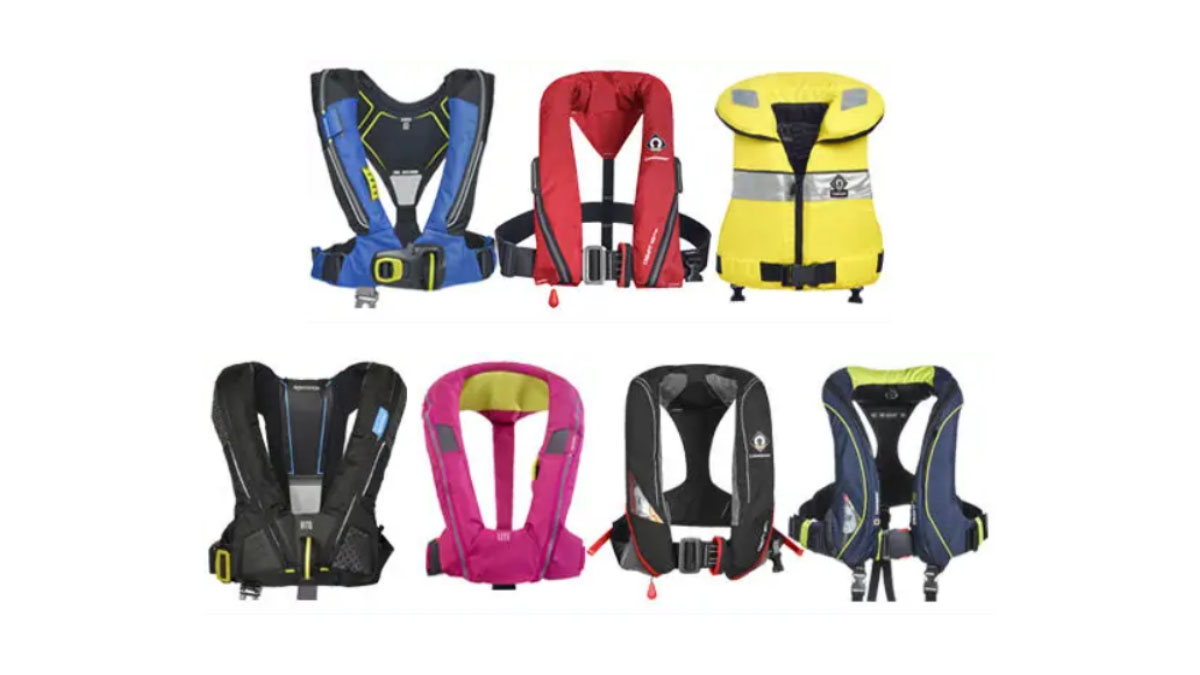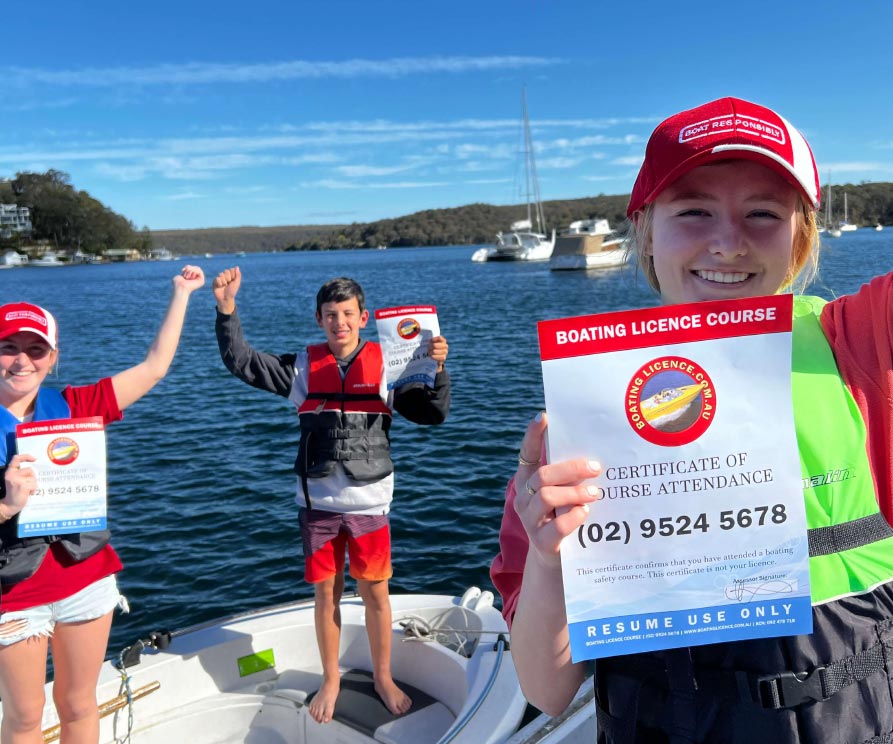Servicing Inflatable and Non-Inflatable Lifejackets

Lifejackets are critical safety equipment for boaters and anyone spending time on or near the water. Whether you have an inflatable or non-inflatable lifejacket, proper maintenance and regular servicing are essential to ensure their effectiveness in emergency situations. In this guide, we’ll explore the steps to service both types of lifejackets, keeping you and your loved ones safe on your aquatic adventures.
Servicing Inflatable Lifejackets:
Inflatable lifejackets are compact and comfortable to wear, making them a popular choice among boaters. Regular inspection and maintenance are crucial to keep them functioning properly.
1. Inspect the Exterior:
- Check for visible signs of wear, such as tears, punctures, or abrasions in the fabric.
- Ensure all zippers, buckles, and straps are in good condition and functioning correctly.
2. Inspect the Inflatable Components:
- Inspect the CO2 cylinder to ensure it is securely attached and not damaged or corroded.
- Check the inflator mechanism for any signs of wear or leakage.
- Test the automatic inflation system (if equipped) to ensure it activates properly.
3. Inspect the Inflation Chamber:
- Carefully inspect the inflation chamber for any leaks or damage. Use a soapy water solution to identify small leaks; bubbles will form at the site of a leak.
- Ensure the oral inflation tube is clear of obstructions and functions correctly.
4. Repack the Inflatable Chamber:
- If you had to inflate the lifejacket for inspection, carefully deflate it following the manufacturer’s instructions.
- Repack the inflatable chamber according to the manufacturer’s guidelines. Be meticulous, ensuring there are no twists or folds in the fabric, which could impede inflation.
5. Replace Expired Components:
- Replace the CO2 cylinder if it is past its expiration date or has been used.
- Replace the inflator mechanism if it shows signs of wear, damage, or corrosion.
Servicing Non-Inflatable Lifejackets:
Non-inflatable lifejackets are durable and reliable. These are filled with a buoyant foam and don’t require any activation. Despite this, they still require regular inspection and cleaning to maintain their effectiveness.
1. Inspect the Exterior:
- Check for signs of wear, including frayed straps or faded fabric.
- Ensure all buckles, zippers, and straps are in good condition and functioning properly.
2. Inspect the Foam Core:
- Inspect the foam core for any signs of damage, such as cracks or compression. Damaged foam can affect buoyancy.
- Check for waterlogging; if the lifejacket feels unusually heavy, it may have absorbed water, compromising its effectiveness.
3. Clean the Lifejacket:
- Clean the lifejacket with a mild soap and water solution to remove dirt, salt, and other residues. Avoid harsh chemicals that could damage the fabric or foam.
- Rinse the lifejacket thoroughly and allow it to air dry completely before storage.
4. Inspect Seams and Stitching:
- Check seams and stitching for signs of unraveling or damage. Reinforce or repair any weak spots to maintain the lifejacket’s structural integrity.
5. Store Properly:
- Store non-inflatable lifejackets in a cool, dry place away from direct sunlight. Hanging them or storing them flat can help maintain their shape.
Conclusion:
Servicing both inflatable and non-inflatable lifejackets is crucial for ensuring their reliability in emergency situations. Regular inspections, proper cleaning, and timely replacement of expired or damaged components are essential steps in maintaining these lifesaving devices. By investing time and care in servicing your lifejackets, you can enjoy peace of mind knowing that you and your passengers are well-equipped to stay safe on the water. Stay vigilant, stay prepared, and enjoy your boating experiences responsibly!

Bonus step: get your licence
Being a responsible skipper not only means not only maintaining your boat, but being licensed to operate it as well.
Our NSW boat and PWC licence courses are delivered by experienced and accredited trainers who provide in-depth education to not only pass the licence exam, but to also stay safe on the water.
To get your licence, you can book online or reach out to our friendly office team on (02) 9524 5678.